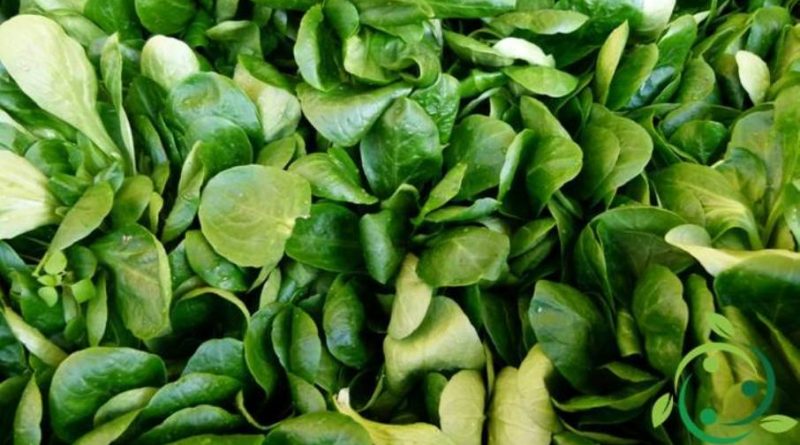How to grow valerianella in a biological way
How to grow valerianella in a biological way
Valerianella (Valerianella locusta L) is an edible salad plant commonly known as Valerian, Valerianella, soncino or songino salad that belongs to the Valerian family. In canton Ticino in Switzerland it is also known as formentino. In Switzerland it is known as Nüsslisalat. To know how to grow organic lettuce in a biological way it is necessary to know that it is very cultivated in family gardens especially for its resistance to cold and for easy cultivation even in pots and terraces.
As far as the choice of land is concerned, valerianella is an undemanding plant; it adapts to happen to other crops using the fertility it finds.
The sowing of the lamb’s lettuce is possible all year round (but it is recommended above all in the month of October or between February and March), avoiding the winter months and can be done directly on the land broadcaster. Instead, if you decide to sow the recommended planting in rows, it is about 5 cm between the seedlings and 25 cm between the rows. In family use or for sales on local markets this cutting vegetable can be sown in a scalar manner as needed.
Clearly if cultivated broadly you will need to give some regular cleaning to the weeds in a manual manner; for more extensive cultivations it becomes economically not feasible so we recommend the mulching technique which also improves the organoleptic quality of the plants and decreases the irrigation requirement considerably.
For the collection of the must be operated by cutting the leaves a centimeter from the collar, in this way the plant repels and you can make more crops. Obviously, the time of harvest should be decided when the leaves are still tender without causing them to grow too much.
The leaves of the lamb’s lettuce are mainly attacked by snails and slugs while the roots are moles. Other attention must be paid to the stagnation (and in this sense the mulch helps a lot) because the corn salad suffers the root rot caused by water stagnation and attacks of the peronospora, with the latter can be adopted some techniques of biological struggle, useful turns out to be , to give greater strength to the plant the use of macerated nettle when the seedlings are small to give greater vigor and strength.

